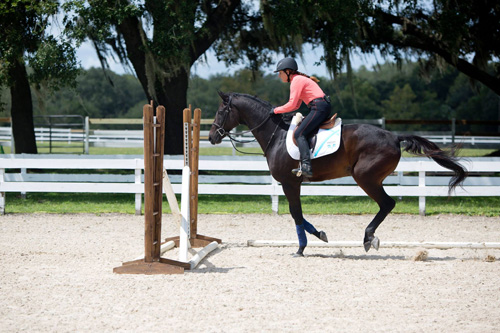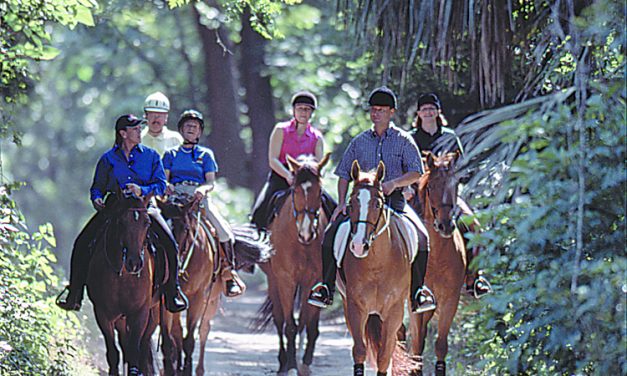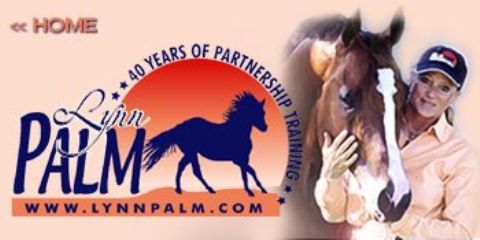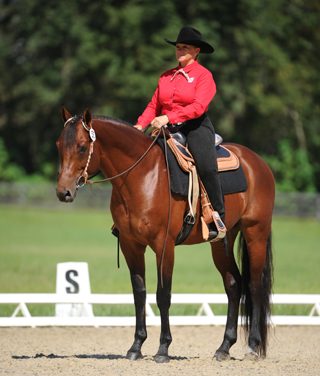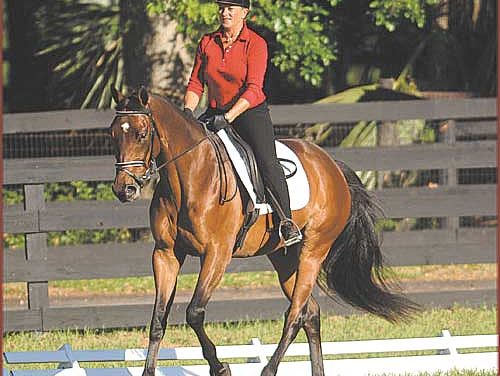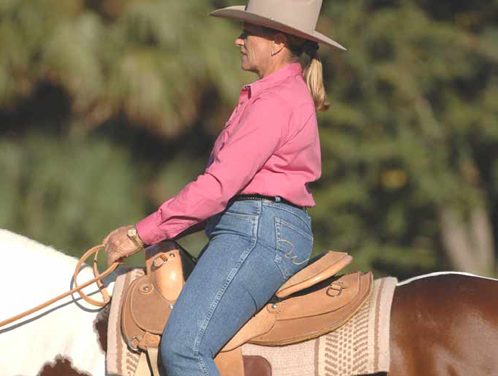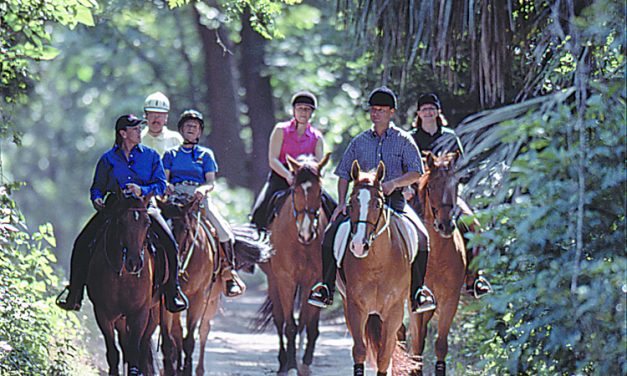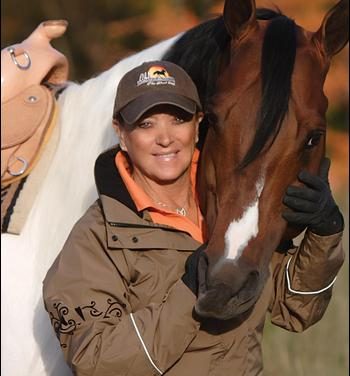Riding the Spooky Horse
To review, we have discussed important steps to prepare for training on the trail, including reading the horse to recognize his inner energy level and working with him to release it, preparing the rider through warm up and stretching exercises, and building safety and confidence on the trail.
Read More
